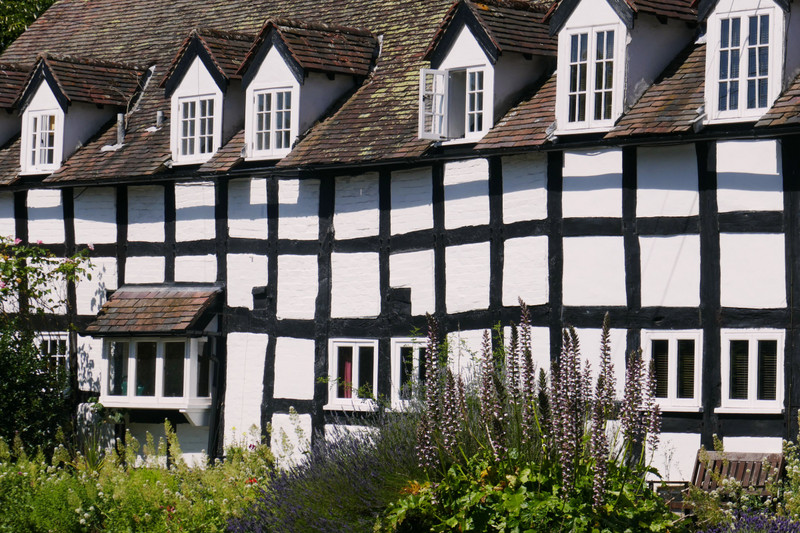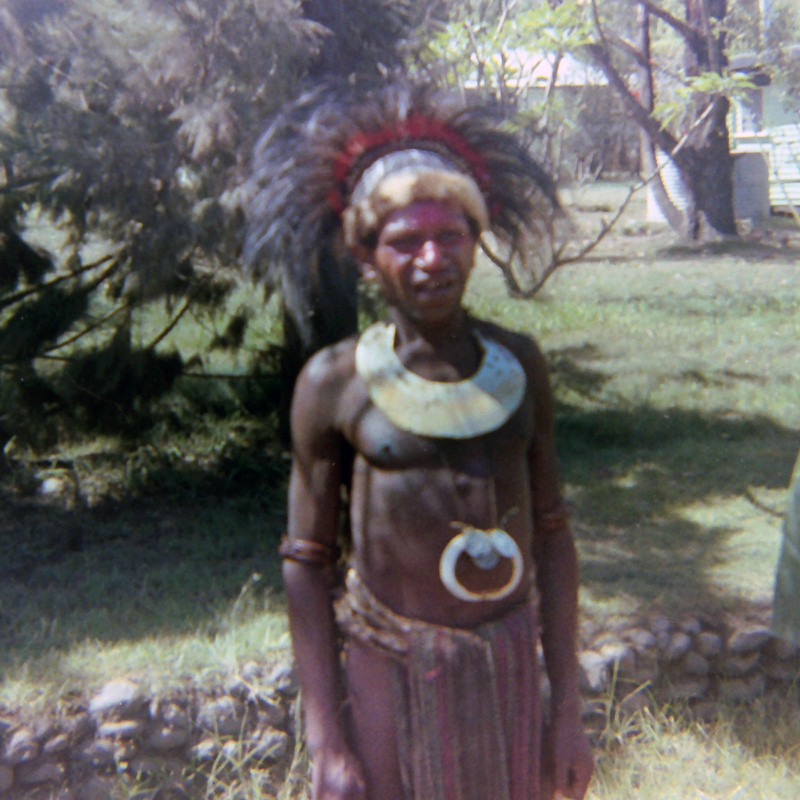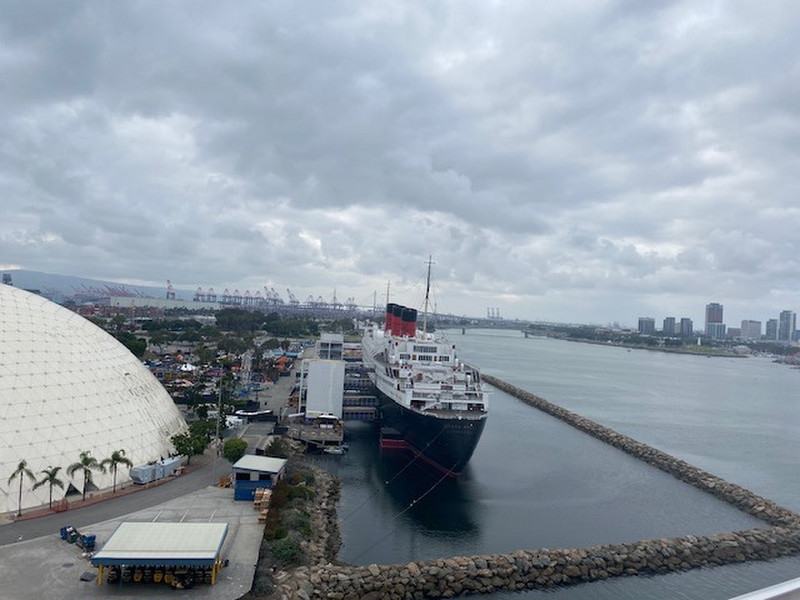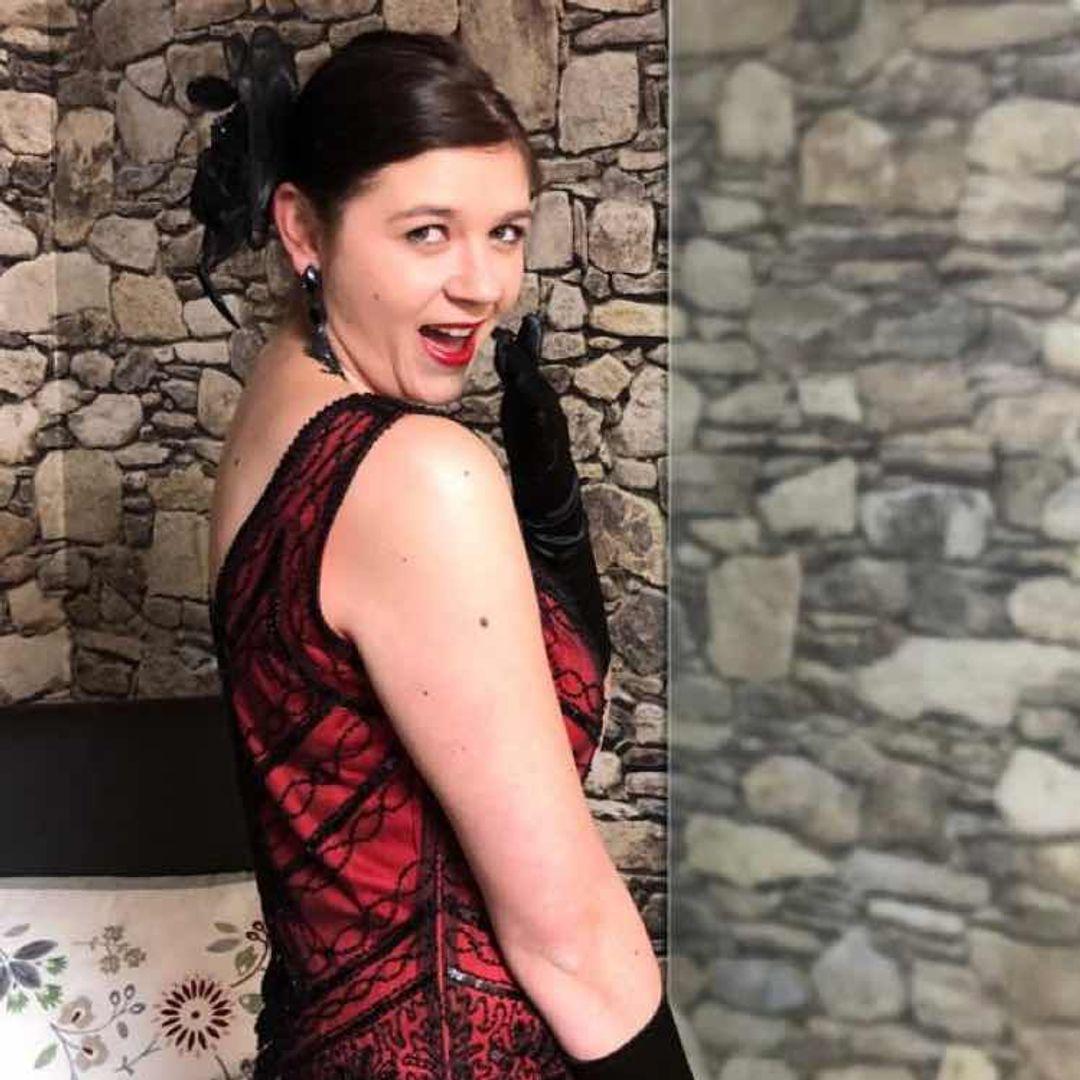Herefordshire. The masses on the M5 plough on regardless. To the perfect stone villages of Cotswolds. To the rugged beauty of Devon and Cornwall. To other places far and wide. Herefordshire is largely overlooked by the masses, which is part of the appeal. A patchwork of small towns criss crosses the big sky landscapes and hidden within lie some of the prettiest villages to be found anywhere in England. We skirted Birmingham and headed for the road less travelled. Progress was slow. Painfully slow. The roads are not geared to rushing. It wasnt helped by a convoy of old gypsy caravans, clogging up the Kidderminster ring road. Tommy Shelby et al were on the move, but clearly not heading to Appleby.
The road sign announced our arrival. Herefordshire. You can. Can what? It is a strange slogan. Striking. Memorable perhaps, but strange nonetheless. The sign was adorned by a picture of a bull. Herefordshire is known for its beef cattle, although ironically I dont remember seeing that many on our travels. I always think first and foremost of cider. Bulmers is synonymous with Herefordshire. Founded in 1887 in Hereford, it is now owned by Heineken. Bulmers Original. Refreshes the parts
other ciders cant reach. Does it have the same ring to it? There is now big money in cider. No longer is it all about the apples. It has moved on from the days when, armed with a 2 litre bottle on the way to a schoolfriends party, we would convince our parents all was well because it was only cider.
We based ourselves near the town of Leominster. In a week when TFB finally admitted he had encountered some difficulties passing on factual information to the country - there were no parties, we were a world away from the new circus unfolding. The leadership contest was underway in the mythical land of Toryland. You wont get too far pronouncing the name as it is spelt. To the locals, it is Lemster. Lemster is a small market town, but in Herefordshire terms it is a giant. The population is a mere 11,000, but it is the second town after the big city Hereford. We skirted the town centre, which could be small town anywhere. The first impressions are often misleading., but we back later in the week for a closer inspection. Time was pressing on and we
needed to stock up in supplies before Sunday closing of the supermarket. Temperatures were forecast warm and the locals were busy stocking up on BBQ essentials.
We headed off to the nearby village of Eardisland. The pronunciation by the locals was more akin to Erdsland. We were staying in a lodge on a campsite just on the outskirts of the village. The narrow lane belied the activity beyond. The curved hedge flanking the driveway gave way to a line of apple trees, all heavy with fruit. The site was a mix of lodges, static caravans and the touring section. There was a healthy population resident in all. The statics were available 10 months of the year and it seemed most were almost permanently resident, if not described as frequent visitors. As one put it, we are here a lot of the time, in between grandparent duties. The lodge had 2 bedrooms and was spacious and well equipped. Vera was partly taken by the raised balcony, which gave her a good visibility of all passing movement. It was fenced and gated, so she survey the activity to her hearts content. She was as brave as a lion from her new
Erdsland is situated on the splendidly named River Arrow. The river belies the name and meanders, rather than flowing straight. The campsite was on the north bank - ideal for a spot of fishing, if that is your bag. The village is part of the Black and White Village Trail. There is nothing bland or monochrome about the collection of villages - all are chocolate bix charm itself and liberally scattered with the trademark black and white half timbered buildings.The old dovecote is used as the village shop. It sits opposite the two local hostelries - the Cross and the White Swan. They are both dog friendly.









